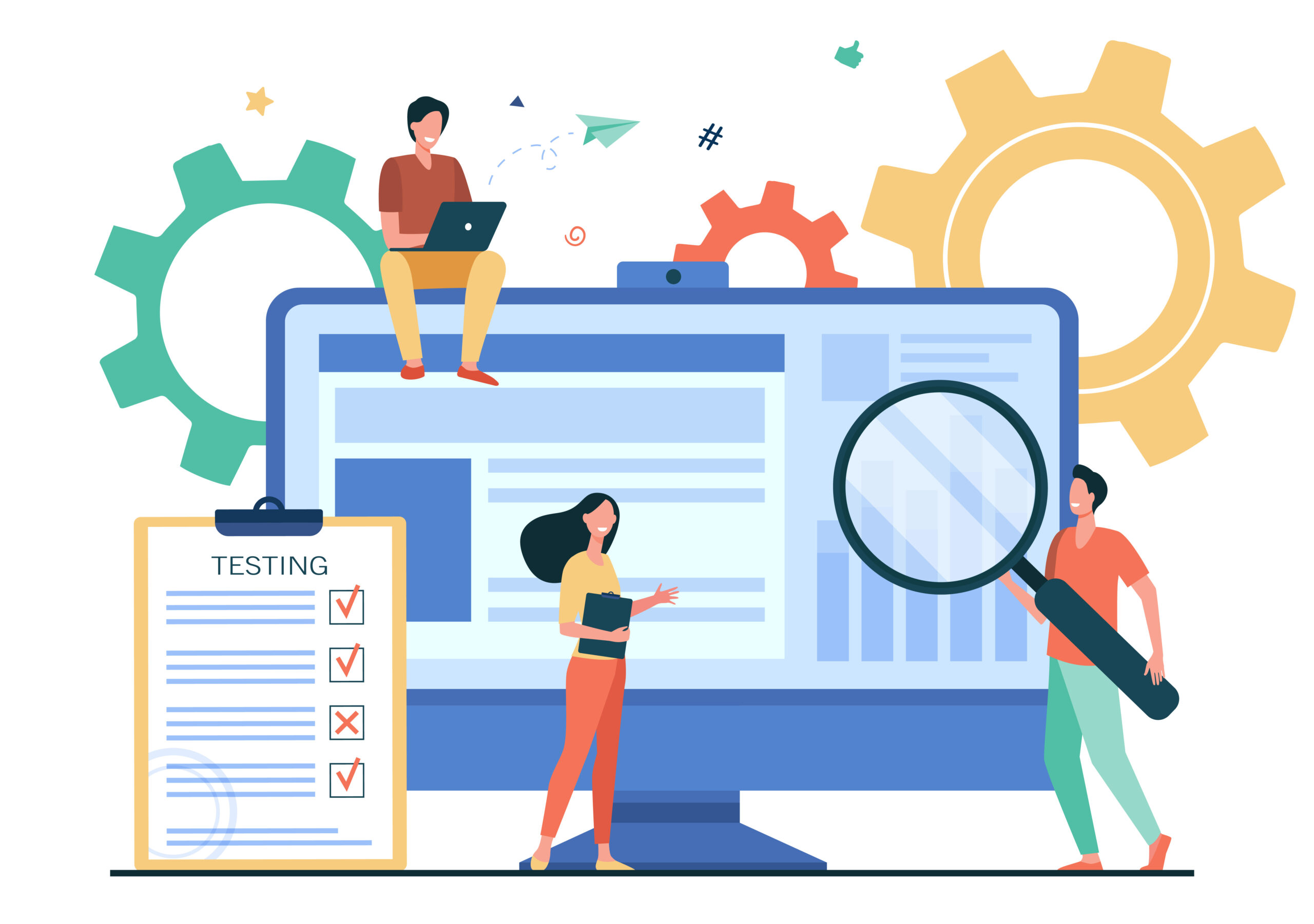Managing remote teams is no small feat. From scattered time zones to juggling multiple projects, keeping everyone aligned and productive can feel overwhelming. That’s where a screenshot monitor steps in — not as a spy tool, but as a strategic asset that fosters accountability, boosts productivity, and even strengthens trust.
If you’re exploring ways to keep your team running smoothly, here’s a detailed look at why a screenshot monitor might be exactly what you need.
Improves Team Accountability
One of the biggest struggles in remote work is ensuring that tasks are genuinely moving forward. It’s easy for employees to get sidetracked — sometimes unintentionally — without regular visual cues from a bustling office.
✅ How a screenshot monitor helps:
-
Captures periodic snapshots of work in progress, providing a gentle nudge to stay on task.
-
Encourages team members to own their schedules, knowing there’s a simple, transparent record of activity.
-
Reduces the need for managers to constantly check in or hover, which can feel intrusive.
Instead of micromanaging, you get an unbiased glimpse into workflows, allowing your team to self-correct and maintain accountability naturally.
Boosts Overall Productivity
Ever wonder why some projects stall despite long hours logged? A screenshot monitor offers valuable insights that pure time logs can’t reveal.
📈 Why it works:
-
Highlights how much actual project work vs. miscellaneous tasks fill the day.
-
Helps identify repeated bottlenecks or excessive time spent on minor issues.
-
Equips managers to redistribute work or adjust deadlines more realistically.
By having concrete data, you can set smarter priorities, remove roadblocks, and ultimately drive your team’s productivity higher.
Builds Transparency & Trust
It might seem counterintuitive, but a screenshot monitor often builds more trust than it breaks. Why? Because it removes ambiguity.
🤝 The trust-building effect:
-
Managers stop wondering, “Is Sam really working on the report or binge-watching videos?”
-
Team members see that expectations apply fairly across the board.
-
Opens the door for honest discussions around workloads and time spent on unexpected tasks.
When everyone knows there’s a consistent, fair system in place, suspicions fade and collaboration thrives.
Enhances Quality Control
Remote work can make it harder to catch small errors early. By the time a final draft lands on your desk, correcting course might mean redoing hours of work.
🔍 How a screenshot monitor protects quality:
-
Lets you spot potential mistakes in real time, not days later.
-
Helps managers see if someone’s struggling with new software or complex assignments.
-
Allows for quick, supportive interventions — like offering extra training or resources.
It’s not about catching people out. It’s about spotting gaps and ensuring everyone delivers their best work with fewer last-minute surprises.
Supports Accurate Time Tracking & Billing
If your team does hourly client projects or freelance gigs, nothing builds client confidence like detailed records. A screenshot monitor does exactly that.
💼 Why it matters:
-
Offers a verifiable record of what time was spent on, protecting your business in billing disputes.
-
Clients appreciate knowing they’re only paying for productive hours.
-
Likewise, it ensures employees or contractors are fully credited for all the work they put in.
It’s a win-win that brings clarity and professionalism to every invoice.
Helps Manage Hybrid & Global Teams Seamlessly
Today’s teams might be spread across continents. With people logging in at different hours, staying aligned is tougher than ever.
🌍 How a screenshot monitor smooths it out:
-
Gives you a consistent view of workflows, regardless of geography.
-
Ensures remote employees and in-office staff are held to the same transparent standards.
-
Makes asynchronous hand-offs easier because managers can see exactly where someone left off.
It keeps everyone rowing in the same direction, no matter where they sit.
Encourages Focus & Reduces Distractions
Knowing there’s a screenshot monitor in place naturally nudges people to close social media tabs and focus on the task at hand.
🔔 Why this is positive:
-
Most professionals want to deliver great work — they just need a little structure.
-
Screenshot monitoring helps people resist common distractions.
-
Builds healthier habits over time without constant managerial pings.
Think of it as a subtle productivity partner rather than a watchdog.
Actionable Tips for Using a Screenshot Monitor Effectively
To make the most of a screenshot monitor without harming morale, keep these best practices in mind:
✅ Be upfront & transparent:
-
Clearly explain what’s captured, why it matters, and how it benefits everyone.
✅ Share results constructively:
-
Instead of private reviews only, involve employees in looking at the data to improve workflows together.
✅ Adjust frequency for comfort:
-
Many tools let you set intervals — every 5, 10, or 15 minutes. Strike a balance between insight and breathing room.
✅ Focus on outcomes, not just images:
-
Remember, the goal is project success, not scrutinizing every mouse move.
Conclusion: More Than Just Monitoring
A screenshot monitor isn’t about policing your team. When used thoughtfully, it’s a catalyst for trust, transparency, and tangible improvements in productivity and quality. It helps remote and hybrid teams stay aligned, clients stay satisfied, and employees feel genuinely supported in doing their best work.
So if you’re managing a distributed team, consider this tool not as a watchful eye, but as a mutual ally in achieving shared goals.
FAQs on Screenshot Monitoring
❓ How often should screenshots be taken?
It depends on your team’s needs. Many companies find every 10-15 minutes strikes a good balance between oversight and comfort.
❓ Is it invasive to use a screenshot monitor?
Not if it’s implemented with clear policies, shared openly, and used to support — not punish — your team. It should be a trust enhancer, not a threat.
